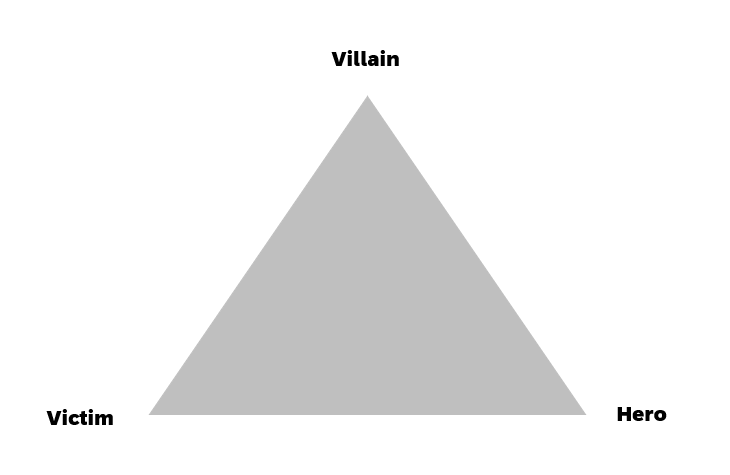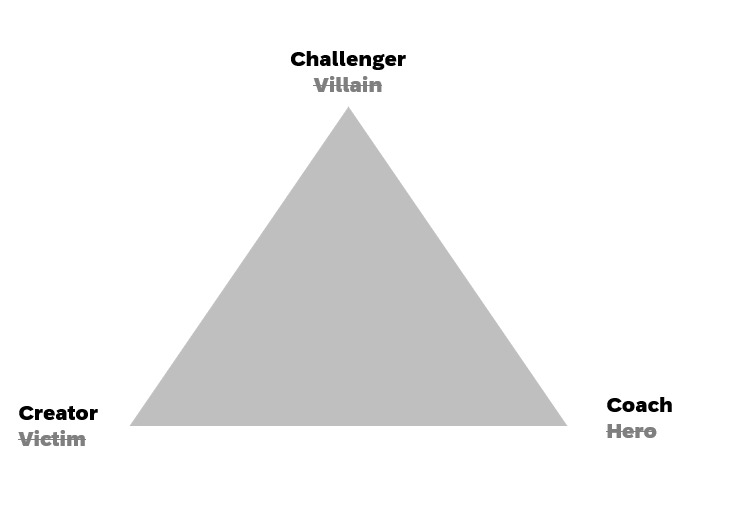The Leadership Year: Month 8
As leaders we often step in to help others. This is a good trait. People like to be helped, and we like to be the helper. So, what’s the issue with this? Well, over time a lot of helping doesn’t actually help at all. So, this month I wanted to focus on how we can truly help others rather than just solve their problems!
Coaching is a real passion of mine. I believe it can empower others and create more freedom for leaders. But it is an area that a lot of people struggle to adopt into their style as they are so used to being in the role of the helper. Direct reports often discuss issues with their line manager, it’s their job to help them solve issues. But where the key difference lies with coaching is that a good leader helps the person solve their problem, rather than do it for them.
For comparison, imagine I come to you saying I want to run a marathon and ask for your help. You agree to help, and we start discussing what training I’ve done so far. I tell you that I’m able to run 16 miles, but I’m struggling to make the last 10 miles and ask if you can run them for me. Have I run a marathon? Obviously not. I’ve run 16 miles, hit a sticking point, and turned to someone else for ‘help’. The problem was that help didn’t actually help me run a marathon. If anything, it helped me stick at my current limit of 16 miles rather than push forward. Wouldn’t it have been better to have offered advice on training plans I could try, supplied me with new trainers or even handed out water on the day! All of these options would have still helped, but ultimately kept me moving closer to being able to run a marathon on my own.
In businesses, this scenario is incredibly common. Someone is doing well in their role but hits a sticking point and turns to their line manager for help. Often the line manager shares their thoughts and ideas, or even takes all the issues away from that person. It creates a wave of gratitude, and a burst of dopamine as we feel good about having helped. But it’s short-term gain. The next time a similar situation is faced they are still not able to solve the problem for themselves. So, they return to us for help again. In the short term we may have helped, but in the long term the situation doesn’t improve at all. In fact, we may even have created an environment where they continue to return to us for multiple problems to be solved.
A good representation of this is the drama triangle by Karpman. This shows how people can adopt different ‘roles’ when faced with a problem. When an individual comes to their line manager for support, they are often in “victim” mode. Something has happened to them, and they’re unhappy about it and want it to be fixed. The issue is the “villain”. Even if the issue isn’t another person (although sometimes it can be!) the issue is something that is impacting them negatively and therefore we perceive it as the villain of the piece. The line manager is the “hero”. The person who can swoop in and take that issue/ “Villain” away and allow them the “Victim” to carry on with their work as usual.
We can see how in solving other people’s problems we rescue the situation, and the “victim” never has to face the “villain” themselves. Even in pop culture, we see several tales of how the “victim” overcomes adversity by taking in the “villain” and grows as a result, but yet in business we don’t always push for this to happen.
This could be for many reasons. I believe there is an element of line managers enjoying the “hero” role (& “Victims” enjoying not having to take on the “villain”), but I also think a key area is that when presented with an immediate issue that you can see a way forward in, that it takes a lot of discipline to slow down your thinking and be prepared to accept a slower solution. The “victim” is looking to you to help and being strong enough to resist that temptation is actually really hard for managers who want to support their teams.
But there is an alterative universe to the drama triangle. If we can encourage the “victim” to perceive the “villain” as a “Challenger” this subtle change of language can unlock a totally new perspective. Instead of an evil interruption, instead we are presented with a temporary challenge to find a solution for. The line manager can therefore move from being a “hero” to being a “coach”. Someone to support the “victim” in tackling this challenge. Helping them think and act on solutions rather than ‘swoop in and save the day’. But the change to the “victim” is the most powerful of all. They move from a space of something happening to them, to becoming the “creator” of their own future. They decide what to do, they are in control and in overcoming this challenge they can have a boost of confidence & abilities that extends beyond the current situation and stands them in great stead for the future. Ironically, this is all as a result of us doing less, not more, for them.
This re-positioning of the Drama Triangle is an incredibly compelling reason to try and support others in solving their own problems rather than constantly feel the need to solve all problems yourself. The drama triangle is negative and creates issues beyond situations. If the “villain” is indeed a person, then stepping in to solve the “victim’s” problem will only cement this role further. A classic example of the drama triangle creating negative impact can be seen in politics. Parties often present issues in society that make the voter (“victim”) see them as the “hero”, and perhaps it’s best not to start discussing how parties often present opposition as the “Villain”!!! Psychologically, the drama triangle can create polarised thinking that often manifests negatively in business as “us and them”.
If we can identify more opportunities to embrace the role of “Coach” rather than “Hero” we actually end up winning ourselves too. We can lose a lot of time solving problems that we don’t need to be involved in. The results of encouraging direct reports to be the “Creator” of their own future, also allows us the time and headspace to concentrate on what matters most. Simultaneously, we encourage a team who feel like they have permission to solve their own problems. This empowerment can be wide reaching, with an increase in suggesting new ideas and being creative often the outcome of a more empowered team dynamic.
With some irony here, perhaps we should be considering how much we help by helping and create an appropriate plan for our teams. There are times when teams need us to swoop in – especially if there is a crisis or someone is not able to solve problems for themselves due to circumstances, but can we reduce the reliance on us for other issues?
Consider keeping a reflective diary of problem solving. This might help focus on the problems that arise most frequently and that may be an ideal candidate for you to adopt the coach role. It can also be a useful tool to look back on and see how the impact of not helping has paid off in the long run!








